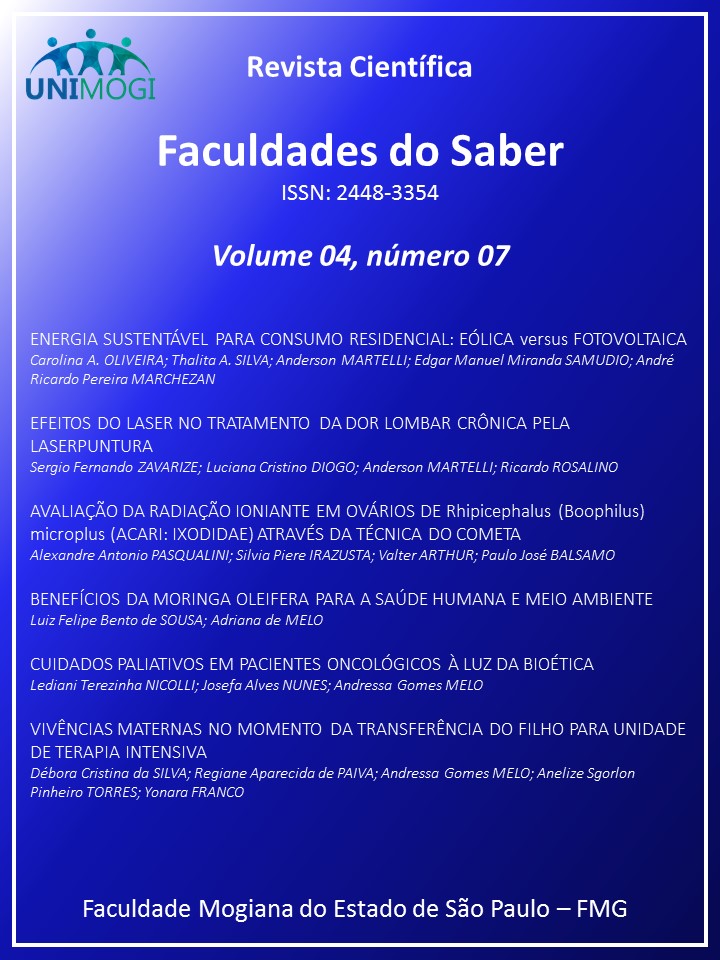MORINGA OLEIFERA HEALTH AND ENVIRONMENTAL BENEFITS
Keywords:
Insecticide plant; Nutritional properties; Medicinals properties.Abstract
Moringa oleifera Lam (Moringaceae) is a highly valued plant distributed in many countries of the tropics and subtropics. It has an impressive variety of medicinal uses with high nutritional value. This paper aims to review the main benefits of the plant on human health and its use in the environment. Different parts of this plant contain an important mineral profile and are a good source of protein, vitamins, β-carotene, amino acids and various phenolics. Moringa plant provides a rich and rare combination of zeatin, quercetin, β-sitosterol, caffeoylquinic acid and kaempferol. Various parts of this plant, such as immature leaves, roots, seeds, bark, fruits, flowers and pods, act as cardiac and circulatory stimulants, have antitumor, antipyretic, anti-inflammatory, antispasmodic, diuretic, antihypertensive, antioxidant effects. antidiabetic, antibacterial and antifungal. It has representative amounts of calcium, iron, protein, and is considered an important supplement to potassium, B-complex vitamins, copper and essential amino acids. The plant is used to produce biodiesel with great economic value. A wide variety of polyphenols and phenolic acids, flavonoids, glucosinolates and possibly alkaloids are thought to be responsible for the observed effects. However, the results of studies published so far involving Moringa oleifera are very promising.

